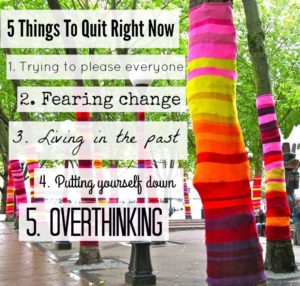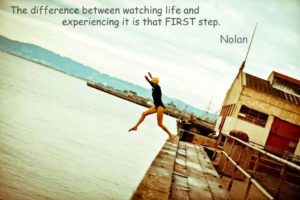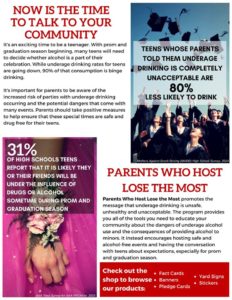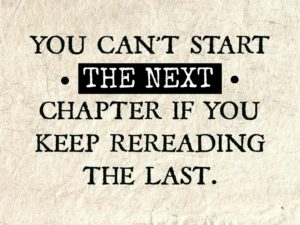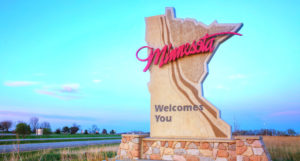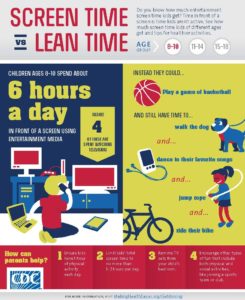Belongs to rightful owner.
Life can be stressful sometimes where we forget take care of our mind and body. It’s important to always take some time to slow and process what we are going through; whether it is good or bad things. Here are some tips on how you can be happier:
- Worry less, start doing more! The first steps to do anything is always a challenge, especially if it is out of our comfort zone. Make a list of steps or mini goals to reach your ultimate goal. Try to follow through with by making small actions every day to help you start doing more.
- Chill your mind! Overthinking won’t do you any good if you don’t break things down into simpler thoughts and see the bigger picture. Whatever that is bothering, ask yourself these questions:
- How important is it? Is it affecting you in a positive or negative way?
- Would you prefer talking to somebody about it? If not, writing it down? Put ideas and thoughts onto tangible things if it helps you declutter your thoughts.
- Exercise can help! Exercise has been studied and shown that it helps reduce stress in your body. Not only is it good to keep up a exercise routine, it also help with your mental health by releasing happy brain chemicals that makes you feel better. After a work out, you’ll feel a lot better than you did before.
- You’re not in it alone! Tons of people are probably going through similar problems or challenges as you. Take the time to reach out to your social network and resources. Don’t forget that you are not alone and there are always people are willing to be a help and listening pal.




